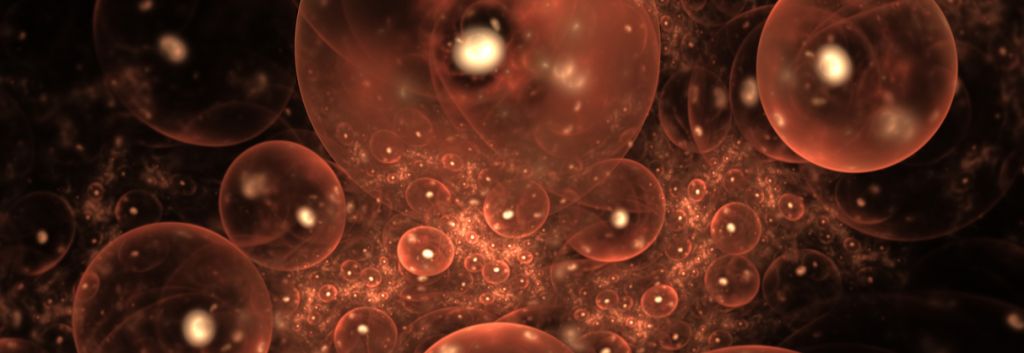Newsletter Signup - Under Article / In Page
"*" indicates required fields
In an exclusive interview with Dr David Hallett, we discover why iPS cells are the perfect replacement for human embryonic stem cells, what is so unique about them and the challenges researchers face in the field!
Talk of using human stem cells to better understand and even cure diseases has been around for a few decades. The path of stem cell research, however, has been a steep and stony one, with many obstacles placed in the way of those studying the field.
Then, in 2006, a group of Japanese scientists made a significant discovery shaping future research and allowing them to circumvent many stumbling blocks: Shinya Yamanaka and his colleagues found a way to generate induced pluripotent stem cells (iPS cells).
By introducing certain transcription factors, known to be essential in the early development of cells, they were able to convert some of the mature adult cells to a pluripotent state. This meant that these cells could now differentiate into any cell type in the human body. These four transcription factors are now widely described as the Yamanaka factors. Today, the reprogramming of adult cells has expanded to include other transcription factors and different cells types, like skin and blood cells.
The application of iPS cells to drug discovery is still in its infancy and there is a lot we have to learn. We caught up with Dr David Hallett, Executive Vice President at Evotec – a drug discovery and development company that pairs up with biotechs and pharmaceutical institutions to study and develop therapies in fields, such as neuroscience, diabetes, oncology and infectious diseases.
With so much to learn about iPS cells, we asked Dave to tell us all about emerging applications, the challenges researchers face, and why iPS cells are so cool!
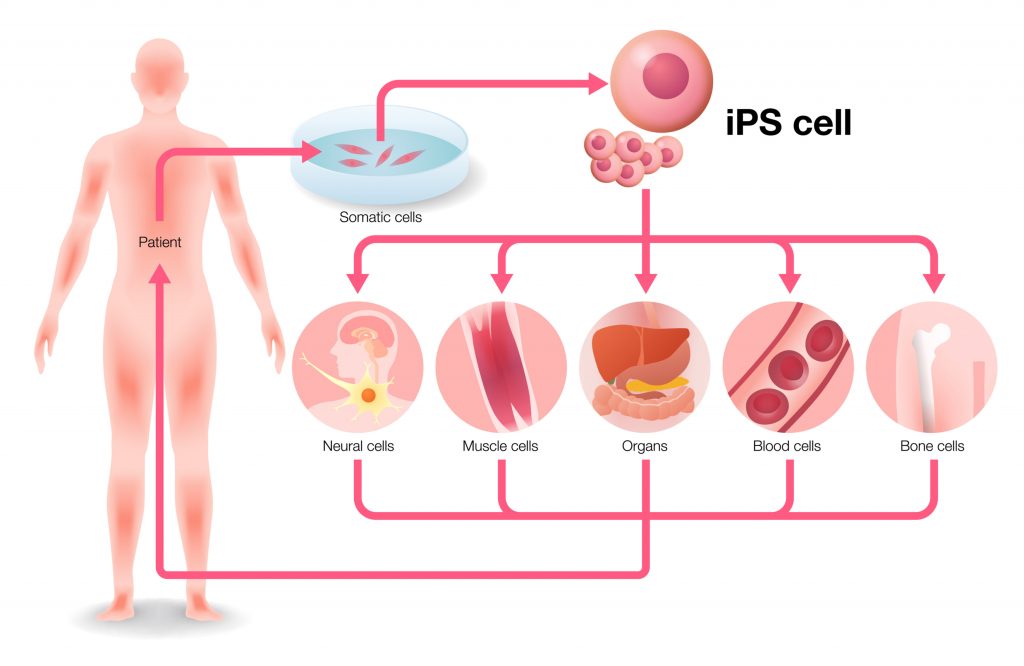
Dave, can you explain to us, what is so unique about iPS cells?
A unique characteristic of iPS cells is the fact that they are pluripotent, meaning they can be differentiated into practically any cell type in the body. As with other cell types you can also maintain them in culture and expand their number in a short period of time. In the case of humans, easily accessible tissues such as skin and blood cells can be used for the reprogramming step, which is a significant benefit.
Previously, the use of stem cells in research was a highly emotive subject, because researchers worked on human embryonic stem cells. The special thing about iPS cells is that they do not require the destruction of human embryos, which removes many of the public’s ethical concerns around the application of stem cells.
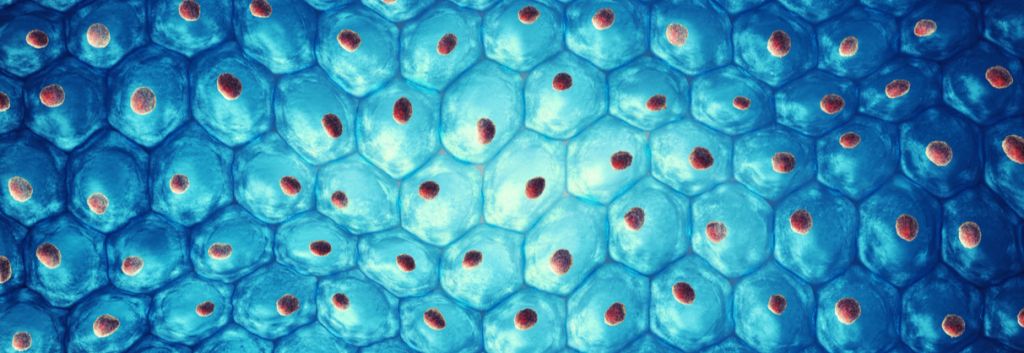
Can you tell us about the significant developments that are happening in the field of iPS cells?
A lot has been happening in this space for the last ten years. In the human health arena, there are two primary applications for iPS cells. One is cell replacement therapy, the other is the application of patient-derived iPS cells to better understand human diseases and to find more effective treatments and cures.
In cell replacement therapy, “healthy” human iPS cells are typically differentiated in the laboratory to produce cell types that are relevant to a particular disease. Examples would be pancreatic beta cells in the case of diabetes, or dopaminergic neurons in the case of Parkinson’s disease. These cells shall then be transplanted into patients to replace their own cells that might be defective, reduced in number, or dead.
Cells from patients suffering from Alzheimer’s disease can be reprogrammed and used to understand the differences between healthy cells and those affected by the diseaseIn the broader field of drug discovery, iPS cells are being used to explore the underlying causes of human diseases at a molecular level. For instance, we are now able to take skin or blood cells from a patient with Alzheimer’s disease, reprogram these cells to produce iPS cells, then further differentiate these iPS cells into various cell types found within our brains. These can then be used to understand what is different about these cells compared to someone who does not have Alzheimer’s.
A significant number of human diseases can be linked to genetic defects, so developing tools to help probe the link between genotype and disease is essential. This is where the application of gene editing technologies, such as CRISPR/Cas9 is necessary. With CRISPR, a genetic defect in a patient-derived iPS cell can be corrected and compared with the original, helping researchers to understand which genetic elements might be critical for a disease to progress and which are not. In some cases, it can be challenging to obtain tissue samples from patients. We can then take an iPS cell from a “healthy” adult and introduce the genetic mutation we are interested in studying.
A further significant development is the commercial growth of iPS cell technology over the last ten years. Today, you can buy various human cell types derived from human iPS cells, which can be used to assess the potential efficacy or toxicity of new drugs.
These developments are a significant advancement. For years, researchers relied on engineered cell lines or have alternatively used rats or mice to model human disease. The availability of human iPS cells now allows us to study human diseases in relevant human cell types whilst significantly reducing our reliance on animals in drug discovery.
The field of iPS cells is still relatively immature. What are the current challenges and what is being done to overcome them?
There are now many not-for-profit and commercial entities who provide human iPS cell lines for research purposes. The first issue is to get a detailed understanding of how the original human sample was obtained and for what purposes researchers are allowed to use the material – a process called informed consent.
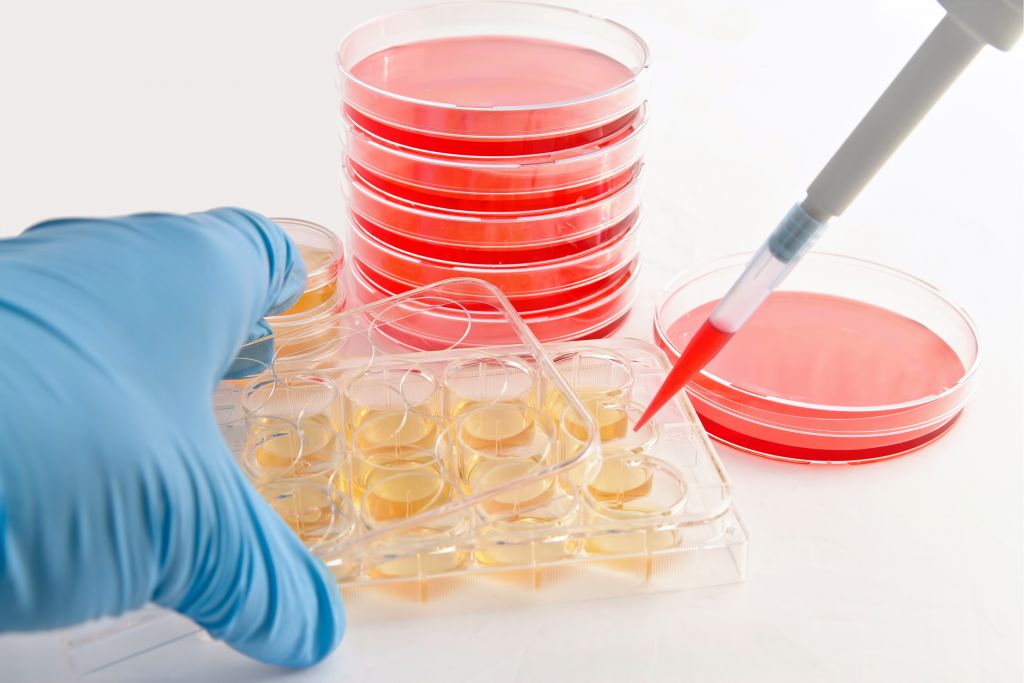
Having obtained an iPS cell line it is also critical that extensive, analytical quality control measures are in place to fully characterize the iPS cells before using them. For instance, the reprogramming technique itself can introduce genetic abnormalities that were not present in the original human sample, or once the iPS cells expand in culture it is possible that significant clonal variations occur. All of these factors need to be monitored, for example through extensive genetic analysis.
The field of cell replacement therapy presents some unique challenges: One is the possibility of tumor formation from some of the transplanted cells, the other is the human immune system. In Type 1 diabetes for example, the underlying mechanism involves an autoimmune destruction of the insulin-producing beta cells in the pancreas.
The application of encapsulation devices is one method being investigated to circumvent this problem. The encapsulation device, which Evotec is currently working on, should allow essential nutrients in and insulin out. It prevents access of host immune cells and subsequently the destruction of the newly implanted cells.
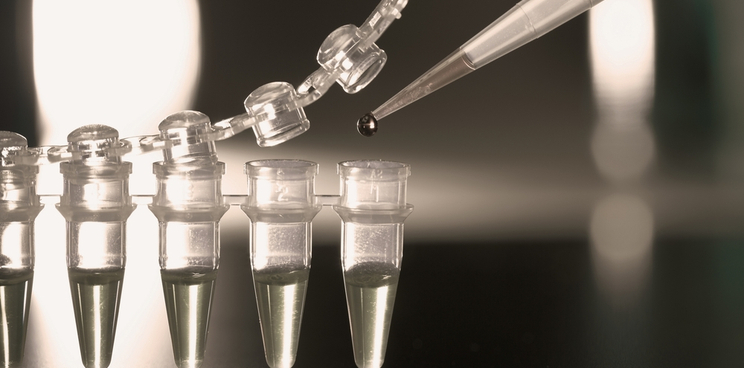
It goes without saying that human beings are extremely complex biological systems and researchers have to take care when using reductionist systems to model disease. So, whilst our ability to access relevant human cell types is highly valuable, single cell types rarely mirror the full complexity of diseased systems.
In order to meet this challenge, many groups are starting to use more intricate, three-dimensional, multicellular models derived from iPS cells. These structures indicate the future direction of research efforts, as they enable cell-to-cell communication.
Now that we have a great overview of what iPS cells are and the vastness of the research field, we can look forward to a sequel! In an exclusive second interview Dave has told us all about Evotec’s projects with Sanofi and Celgene, and why partnerships in the field of iPS cell technology are so crucial!
In the meantime, check out Evotec’s homepage to see what else they are up to!
Images via Jurik Peter, chombosan, nobeastsofierce, Naeblys, Jens Goepfert, science photo/Shutterstock.com




